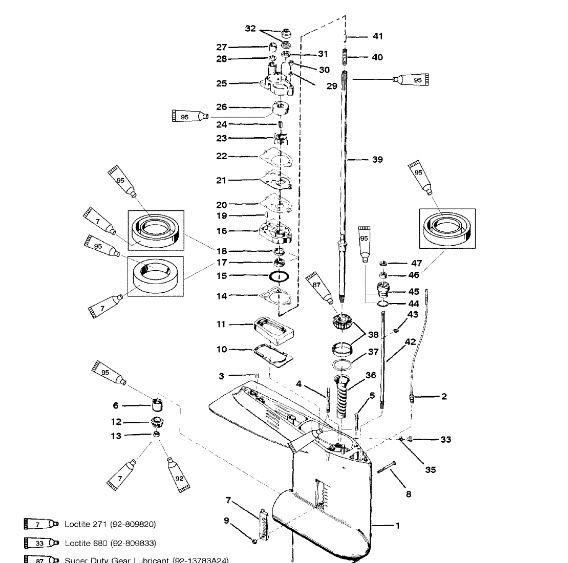Jake_MN
Contributing Member
Got my 1992 Mariner 40 hp hooked up to the muffs today to get it ready to take out. Haven't had a chance to use it yet this year and I wanted to make sure everything was in order. Took a while to start which I attributed to the fogging oil but when it did start it idled perfectly. However, after a bit I noticed a foamy like sludge coming through the hub. The sludge had no odor, and lessened after a minute or so of running. Any ideas? Fogging oil burning off? Faulty seal? A bit of sludge also was coming out from around the hub.
Please forgive the pic quality, the camera was trying to compensate for glare.

Please forgive the pic quality, the camera was trying to compensate for glare.





